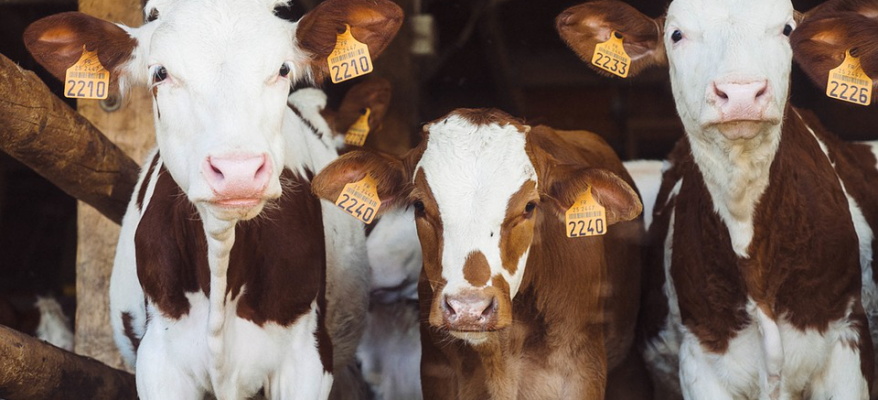Which Option is Better for Dairy Farm Waste Management?
Each year, dairy farms in the U.S produce more than 335 million tons of dry matter waste.
That’s just dry matter.
While manure is an important component, farm waste in dairy operations also includes silage wrap, silage effluent, forage waste and milk house waste.
Most of this waste that the farms produce either sits idle on the farmstead or is sent to the land application sites. Only few farm owners—although this is thankfully changing now. Make the efforts to recycle their farm waste by treating it through composting or processing it in anaerobic digesters. The possibility of making power or RNG offers the farmers better economic returns and better environmental outcomes.
While composting relies on aerobic microbes to break down farm waste (and other organic matter), anaerobic digestion plants utilize anaerobic microbes for the purpose.
Both methods of waste management are better than sending the farm waste to a land disposal sites or letting it accumulate on the farm lands.
But which alternative is best, and which one should you use for your dairy farm?

Composting vs. Anaerobic Digestion – Waste Management
As one of New York’s leading waste treatment consulting and engineering firms. We firmly believe that anaerobic digestion is the best farm waste management solution for any dairy farm.
Allow us to explain:
- Anaerobic digesters can process both dry and liquid organic matter. Composting, on the other hand, can only treat organic farm waste with dry matter greater than 30%.
- Anaerobic digestion is more environmentally-sustainable than composting. It creates renewable energy (in the form of biogas) as a by-product, which can be used to power farm operations.
- Besides producing biogas, anaerobic digesters also produce fertilizer, which is as good as that produced by composting.
- Composting can consume a lot of fossil fuel compared to anaerobic digesters, which makes the latter more environmentally-friendly as well.
However, composting has one advantage over anaerobic digestion. That advantage is: you need lower initial capital investment to start a composting facility than what you need to set up an anaerobic digestion plant. It should be considered as an option for second stage solids stabilization for reuse on the farm land.
If you’re interested in installing an anaerobic digestion plant at your New York farm, our New York anaerobic digester design experts will be happy to assist you on your project. Contact us today for more details.

